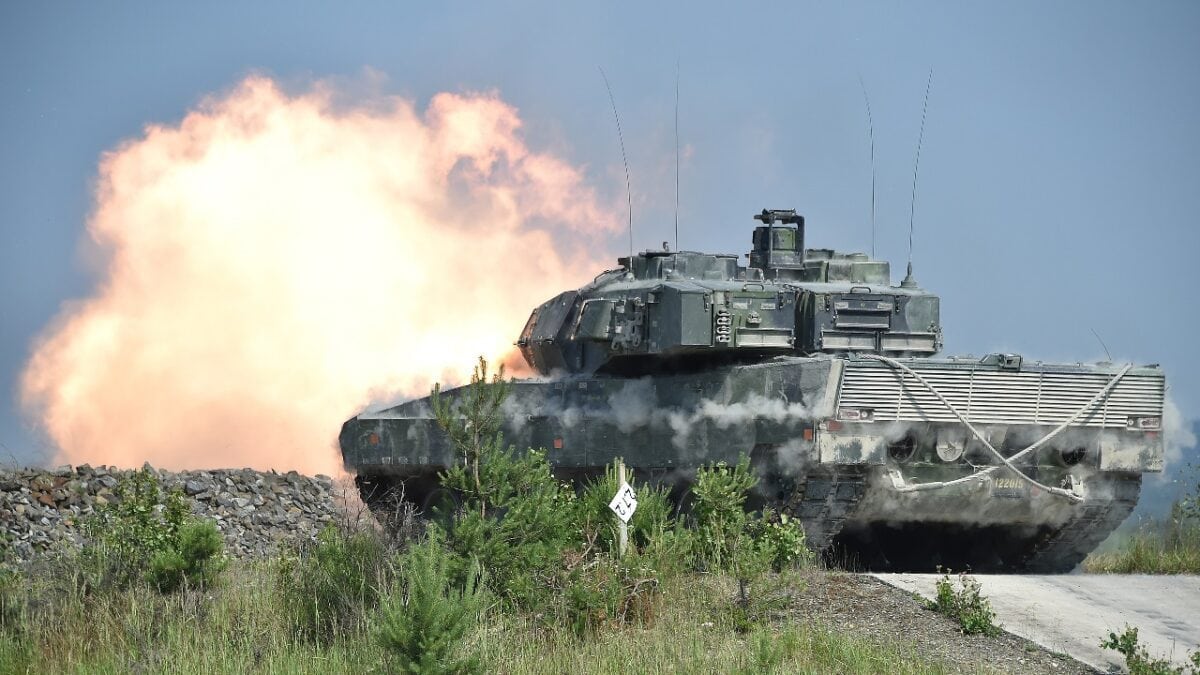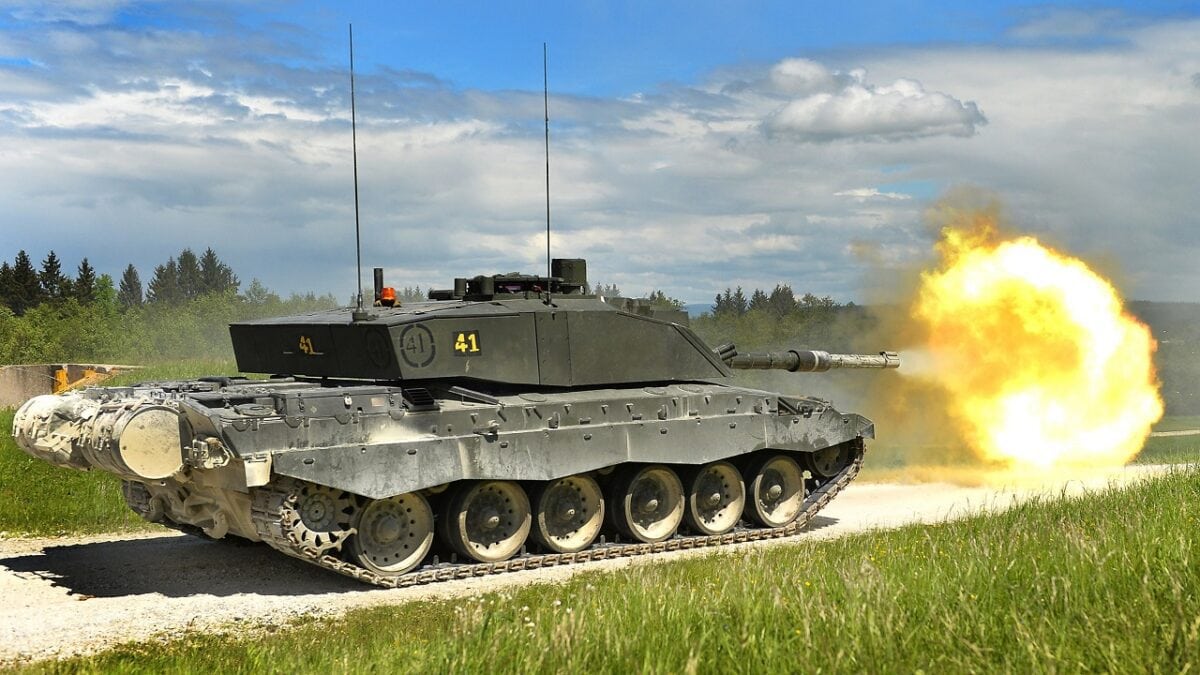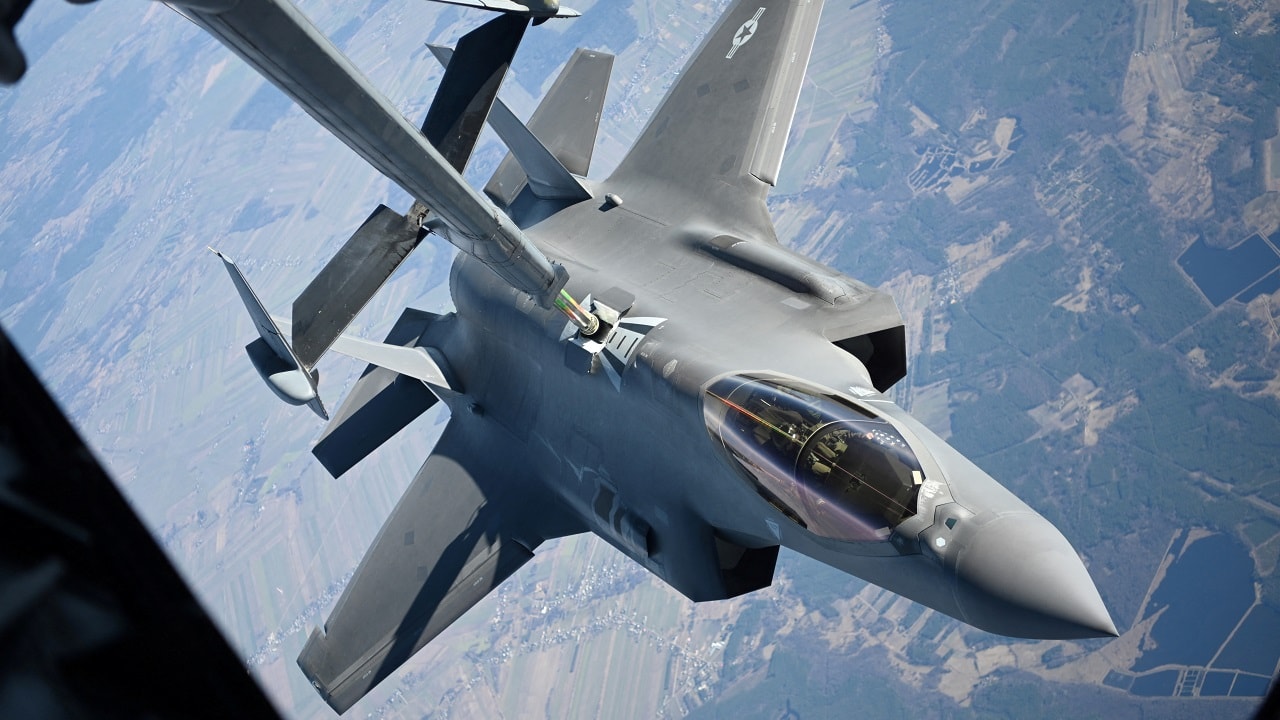Throughout his war in Ukraine, Russian President Vladimir Putin has obliquely hinted that he might use nuclear weapons. I have argued in these pages that this is unlikely. There is no obvious Ukrainian military or infrastructural target of a size commensurate with a nuclear weapon’s power. Russia would be badly isolated by the rest of the world if it took this step, so any target would need to be worth the huge geopolitical blowback. Ukraine does not appear to have one. Its army is spread out across a thousand-mile front. None of its essential infrastructures is so massive that it needs a nuke to disable it. Much of the nuke talk in the West is overwrought.
NATO and Nuclear Weapons
Nevertheless, it is wise to consider how NATO and the wider world of democracies will and should respond if Putin nonetheless takes this step. If Putin is losing badly in Ukraine and his rule at home is threatened by widespread unrest over the course of the war– a somewhat credible scenario for next year – perhaps he will take this gamble to turn things around. So what will the West do?
Would NATO Nuke Back?
So long as a Russia nuclear strike was limited to Ukraine, NATO would almost certainly not respond in kind. To do so would risk a further Russian nuclear response and a spiral of nuclear exchanges. The Ukrainians might be so shocked and horrified by the extraordinary damage, that they would demand this. But the West will almost certainly reject that request, just as it rejected Ukrainian demands for a no-fly zone back in March.
But the West also need not escalate like that. NATO is conventionally superior to Russia, and that lead has widened considerably because of Russian losses in Ukraine. If Russia cannot defeat Ukraine, then it is very vulnerable to NATO conventional retaliation. The West will almost certainly start there, if only to prevent nuclear escalation.
NATO’s Conventional Options
The retaliatory choices here are wide. The most likely initial move would be to remove the many informal restrictions on weapons sales to Ukraine. To date, NATO states have hesitated to donate long-range strike systems, advanced aircraft, and their most modern armored vehicles. The rationale has been to avoid provoking Russia too much in what has slowly become a proxy war between it and the West, and to inhibit the ability of Ukraine to strike inside Russia itself. Ukraine has chafed at these restrictions, claiming they slow the pace of its victory. That argument will win in the wake of a Russian nuclear strike. Ukraine’s air force could be given stealth fighters, for example, and the army the most powerful American and German tanks.
NATO might also intervene directly. A ground intervention would still be unlikely. Even a Russian nuclear strike would not destroy the widely dispersed Ukrainian army, and a land-based NATO assault would look like a NATO invasion of Russia. Instead, NATO could deploy airpower – to enforce the previously rejected no-fly zone and to sink the Russian Black Sea fleet. This would mean direct kinetic contact between NATO and Russian forces – a risk – but it would be limited as it was to just air combat in the Korean War.
NATO’s Economic Options
Where NATO’s military options would still be constrained for fear of nuclear escalation and large-scale ground warfare between NATO and Russia, the non-kinetic, economic options would be very expansive.
The already harsh sanctions on Russia would be expanded significantly, including a complete cessation of carbon imports. A massive cyber war would be unleashed to cripple the electronic systems Russia needs to fight the war. Russia would be expelled from the SWIFT inter-bank transfer system. Its financial assets in Western banks would be seized, and Russian overseas properties would be shut down, foreclosed, or confiscated. Russian nationals in Western corporations and universities would be expelled. Indeed, one domestic reason why Putin has likely not gone nuclear to date, is his circle’s fear of being cut off from the West permanently. They are already having their yachts impounded. It will become far much worse if Putin uses a nuke on the battlefield.

Swedish soldiers with the Wartofta Tank Company, Skaraborg Regiment in a Stridsvagn 122 main battle tank conduct the defensive operations lane during the Strong Europe Tank Challenge, June 7, 2018. U.S. Army Europe and the German Army co-host the third Strong Europe Tank Challenge at Grafenwoehr Training Area, June 3 – 8, 2018. The Strong Europe Tank Challenge is an annual training event designed to give participating nations a dynamic, productive and fun environment in which to foster military partnerships, form Soldier-level relationships, and share tactics, techniques and procedures. (U.S. Army photo by Gertrud Zach)
What if Putin Nukes a Ukrainian City?
The above options all reflect the general belief that, if Putin were to go nuclear, he would use a battlefield nuclear weapon. This would be an effort to turn the tide of the war. But there is also the even more extreme possibility that Putin nukes a city to simply kill as many Ukrainians as possible. Putin has shown a willingness to launch gratuitously harsh strikes against civilians. He could do the same with a nuke.

A Challenger 2 main battle tank (MBT) is pictured during a live firing exercise in Grafenwöhr, Germany. Exercise BAVARIAN CHARGER was the first of three large contingency operation exercises being undertaken by 20th Armoured Brigade between May – October 2013. Contingency Operations training is known as Hybrid Foundation Training or HFT.
This would be akin to nuclear genocide, though. Russia would immediately lose its remaining friends in the world. China and India would turn against Russia – if only out of sheer terror at Putin’s depravity and recklessness. They, too, would support Ukrainian victory and the replacement of Putin himself. And NATO might even enter the ground war if Putin was that dangerous. But even then, a NATO nuclear strike – with its possibility of sliding escalation – is unlikely.
In short, Putin has no particularly good nuclear options. Even a nuke will not help him win, and the costs would be massive. This scenario remains highly unlikely.
Expert Biography: Dr. Robert E. Kelly (@Robert_E_Kelly; RoberEdwinKelly.com) is a professor of international relations in the Department of Political Science at Pusan National University and 19FortyFive Contributing Editor.

